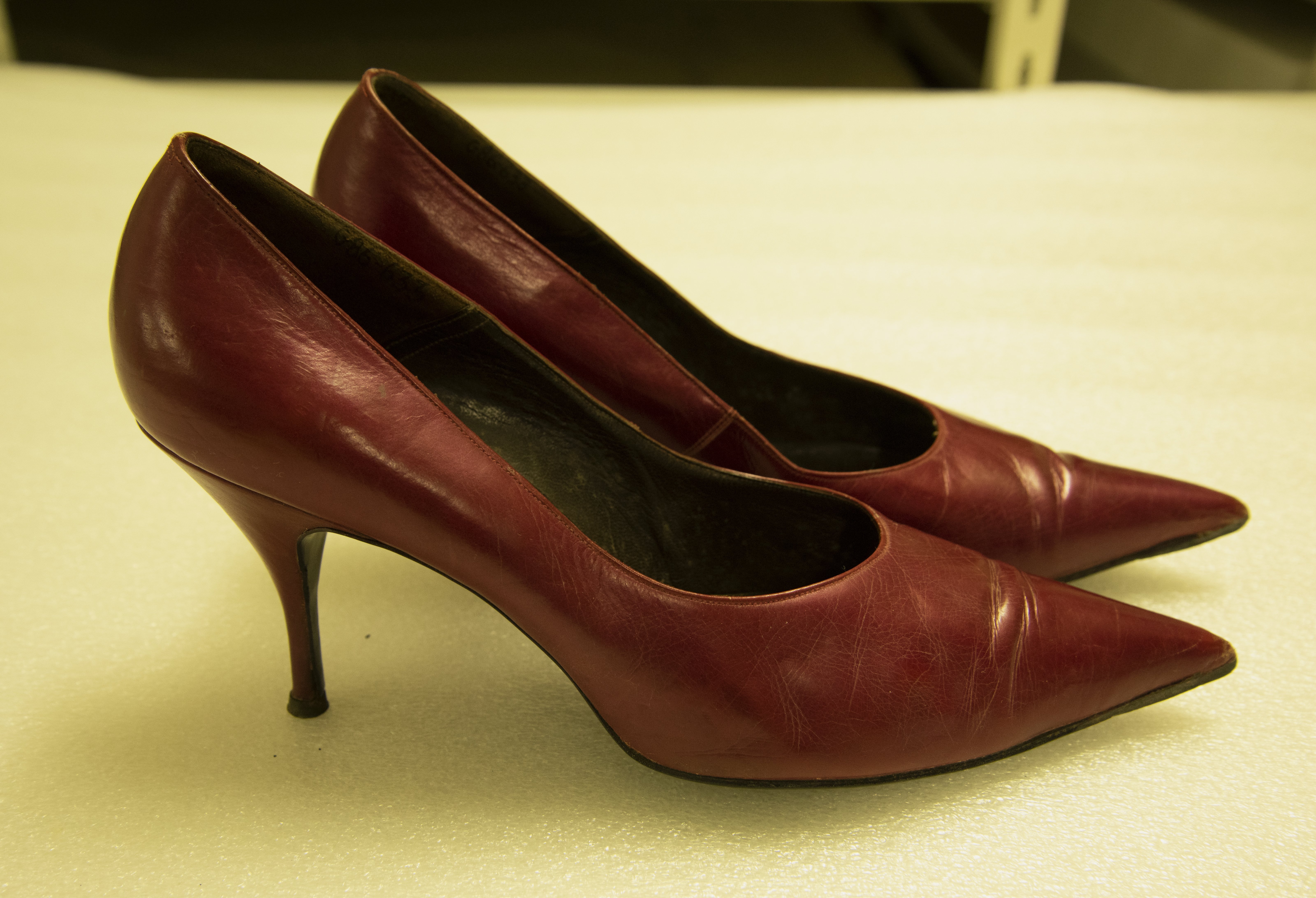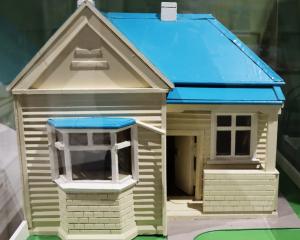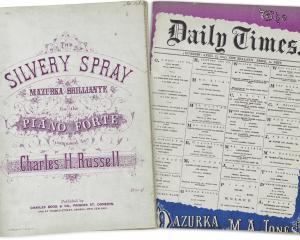
One of the many intriguing items in Otago Museum’s dress collection is a group of single shoes and boots. They are a mixture of brown or black leather, for the left or right foot; lace ups or instep strap styles. Most are in children’s sizes; some were made locally, others overseas.
The note with them says they were "used by Dr Renfrew White as illustrative material in health classes on wise choice of footwear - 1930s - a course at the School of Home Sciences".
Dr Renfrew White is almost certainly James Renfrew White (1888-1961), a gifted and visionary orthopaedic surgeon at Dunedin Hospital. The final paragraph of his entry in Who’s Who in Orthopaedics says he was "a truly remarkable man, vivacious, erudite and immensely versatile. He more than anyone else was the pioneer and founder of orthopaedic and traumatic surgery in New Zealand".
In addition to his surgical work, White was on the teaching staff of the Training School of Massage and Physiotherapy; a strong supporter of the predecessor of CCS Disability Action; and published for his peers, students, and the general public. In 1932, a scheme of physical training exercises he designed became the basis of a system used in primary schools.
He took feet seriously.
He addressed students at the University of Otago Home Science Department in 1925 on physical education for university students, and "spoke of the shoes worn, and the effect some shoes had on the body and its organs".
Speaking on "The Relation of Posture to Health" later that year, he "referred to the evils of high-heeled boots and shoes, and said that an experiment that he had conducted showed that high-heeled shoes were largely responsible for wrong posture".
In 1927 he spoke at an education department instruction course, on the physiology and pathology of foot troubles and "made it clear that very few people used their feet in the proper manner, with the consequence that much unhappiness in the way of ill-health was caused".
A 1939 letter to the editor from "Callosity" quoted Renfrew White, saying high heels "combine two defects — excessive height with insufficiency of surface. The former forces the toes downward and forward into the pointed toe of the shoe, so crowding them together, as well as causing depression of the anterior transverse arch of the foot" and continued, "How much longer are the intelligent women of New Zealand going to allow and encourage the wholesale deformation of their daughters’ feet at the dictates of mere custom, tradition, and fashion?".
The shoes White selected to demonstrate the wise choice of footwear range from the practical to the fashionable. Brands include Ground Grippers, from America. "Do you want Perfect Feet" asked one of their advertisements. "Then wear Ground Gripper Shoes", "If you have corns, bunions, fallen arches or tired, sore feet, get Ground Gripper shoes and you will have perfect comfort".
English Nebco, and "G. G." brands were sold by some New Zealand stores. "To be absolutely happy a child’s feet must be free from annoyances caused through pinched toes, blisters, etc. This famous English ‘G.G.’ brand of children’s footwear which we’ve just unpacked is the last word in comfort and style."
The Monarch brand was made in New Zealand: "Try on a pair at any good shoe store, note the perfect fitting, the perfection in style and the fine quality of the workmanship".
Matchless shoes also emphasised smartness, and quality of manufacture. One advertisement said "Matchless Shoes ... make the large foot look small — the small one daintier ... designed in Paris by Paul Andre ... the designs ... are built on New Zealand lasts to fit the foot-type, which differs from that of other countries ... No riveting or stitching is used in affixing the soles. This is done by the ‘Auto-turn’ process, giving amazing flexibility and lightness and assuring longer life."
In marked contrast to this picture of sane, reasonable, pleasant comfort, are the (highly fashionable in their day) Italian stiletto-heeled, pointed-toe terrors on display in Otago Museum’s Fashion Forward: Disruption through Design exhibition.
Narrow high heels in the 1950s and ’60s were a technological mix of steel and plastic, intended to visually lengthen the leg and accentuate narrow ankles and shapely calves, regardless of pain or impairment.
Pointed-toe shoes have a long history. Apparently, in the 15th century King Edward IV’s English court passed a sumptuary law (designed to restrict excessive, extravagant personal expenditures) prohibiting shoe tips that extended more than two inches beyond the toe. This was in response to a fashion for "long, carrot-shaped shoes that tapered to impish tips, some as long as five inches beyond the toe".
It’s not why they were outlawed, but this year researchers published a report that the rise of elongated shoes in late medieval Cambridge led to a sharp increase in hallux valgus of the big toe, or bunions.
James Renfrew White would not have been surprised.
Moira White is curator humanities at Otago Museum.








![‘‘Neil’s Dandelion Coffee’’. [1910s-1930s?]. EPH-0179-HD-A/167, EPHEMERA COLLECTION, HOCKEN...](https://www.odt.co.nz/sites/default/files/styles/odt_landscape_small_related_stories/public/slideshow/node-3436487/2025/09/neils_dandelion_coffee.jpg?itok=fL42xLQ3)



